How to Reconstitute Peptides with Bacteriostatic Water: A Step-by-Step Guide
Reconstituting peptides is a crucial process that ensures their stability and effectiveness for use in various applications. This step-by-step guide is designed to help you safely and accurately reconstitute your peptide using bacteriostatic water. By carefully following these instructions, you can maintain a sterile environment, prevent contamination, and preserve the integrity of your peptide solution. Whether you're new to handling peptides or looking for a refresher, this guide provides clear and detailed directions to make the process as straightforward as possible. Let's begin by gathering all the necessary supplies and preparing our workspace for a successful reconstitution.
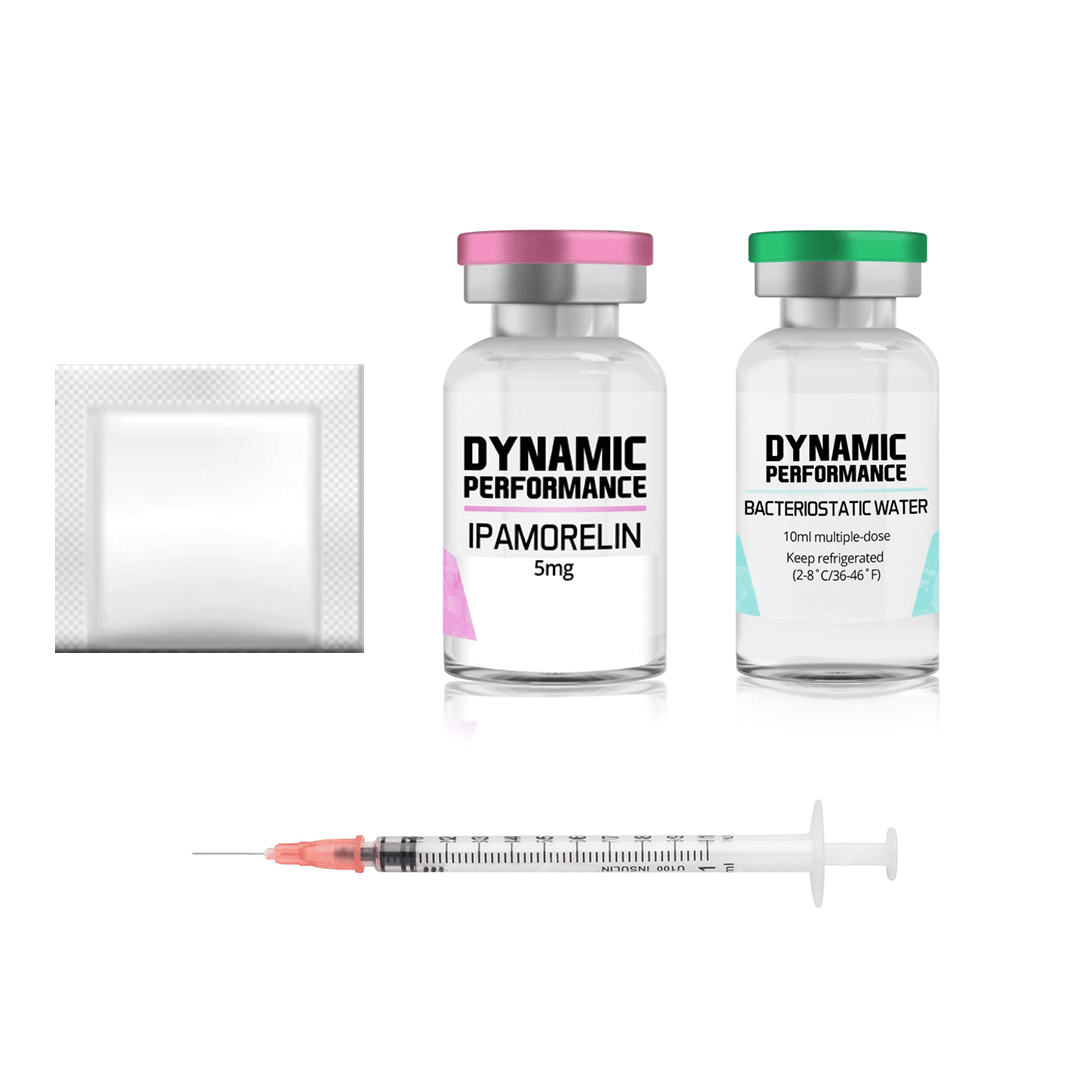

Step 1: Gather Your Supplies
Before you begin, make sure you have all the necessary items ready. You will need:
Peptide vial: This contains the powdered peptide you will be reconstituting.
Bacteriostatic water: A sterile water solution that prevents bacterial growth, used for mixing with the peptide.
Syringes: Sterile syringes for drawing and injecting the water and peptide solution.
Alcohol wipes: Used to sanitize the tops of the vials and maintain a sterile environment.
Having everything prepared in advance will make the process smoother and help prevent contamination.
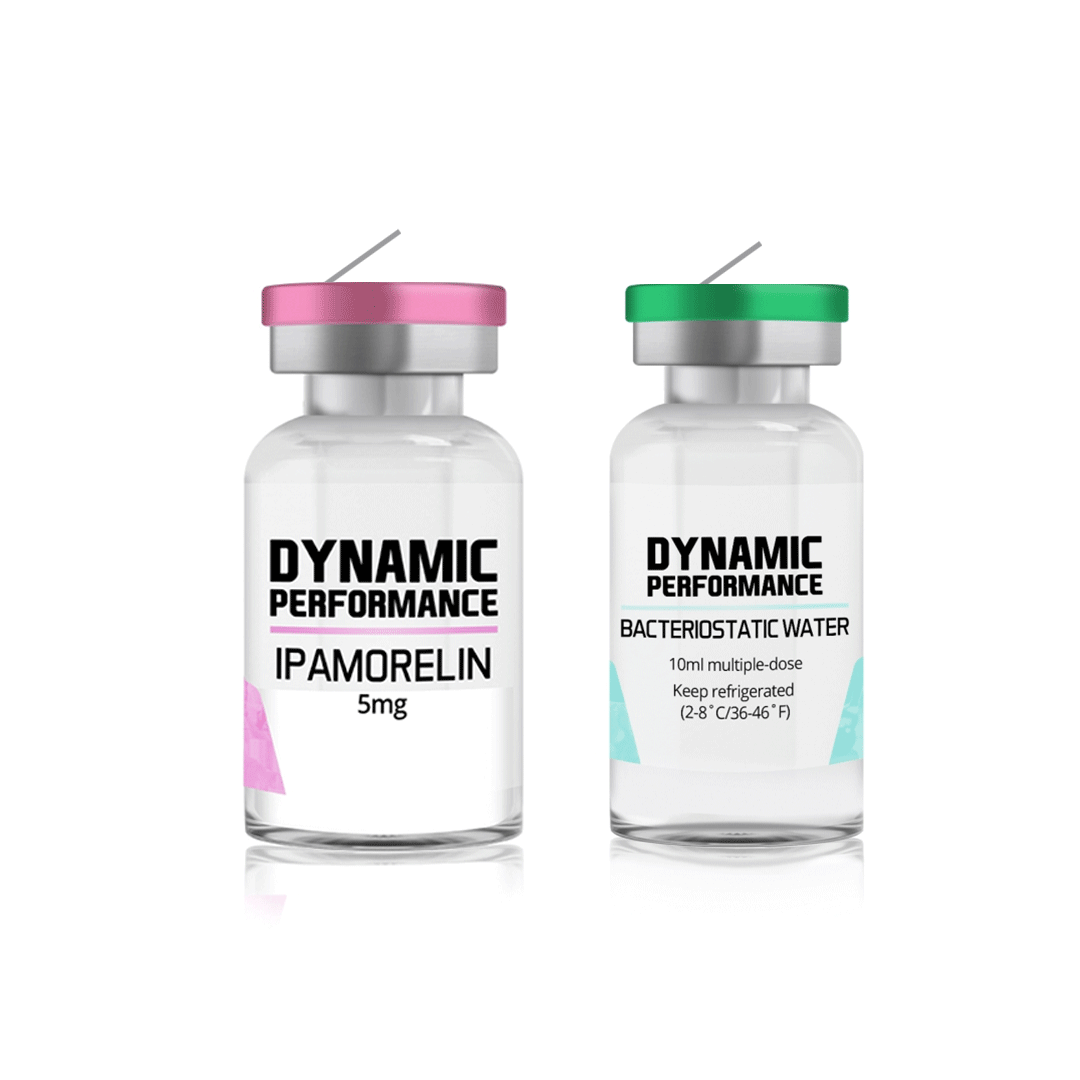

Step 2: Open the Vial Tops
Carefully remove the protective caps from both the peptide vial and the bacteriostatic water vial. This usually involves tearing off the plastic or metal seals to expose the rubber stoppers underneath. Be gentle to avoid shaking or disturbing the contents inside.
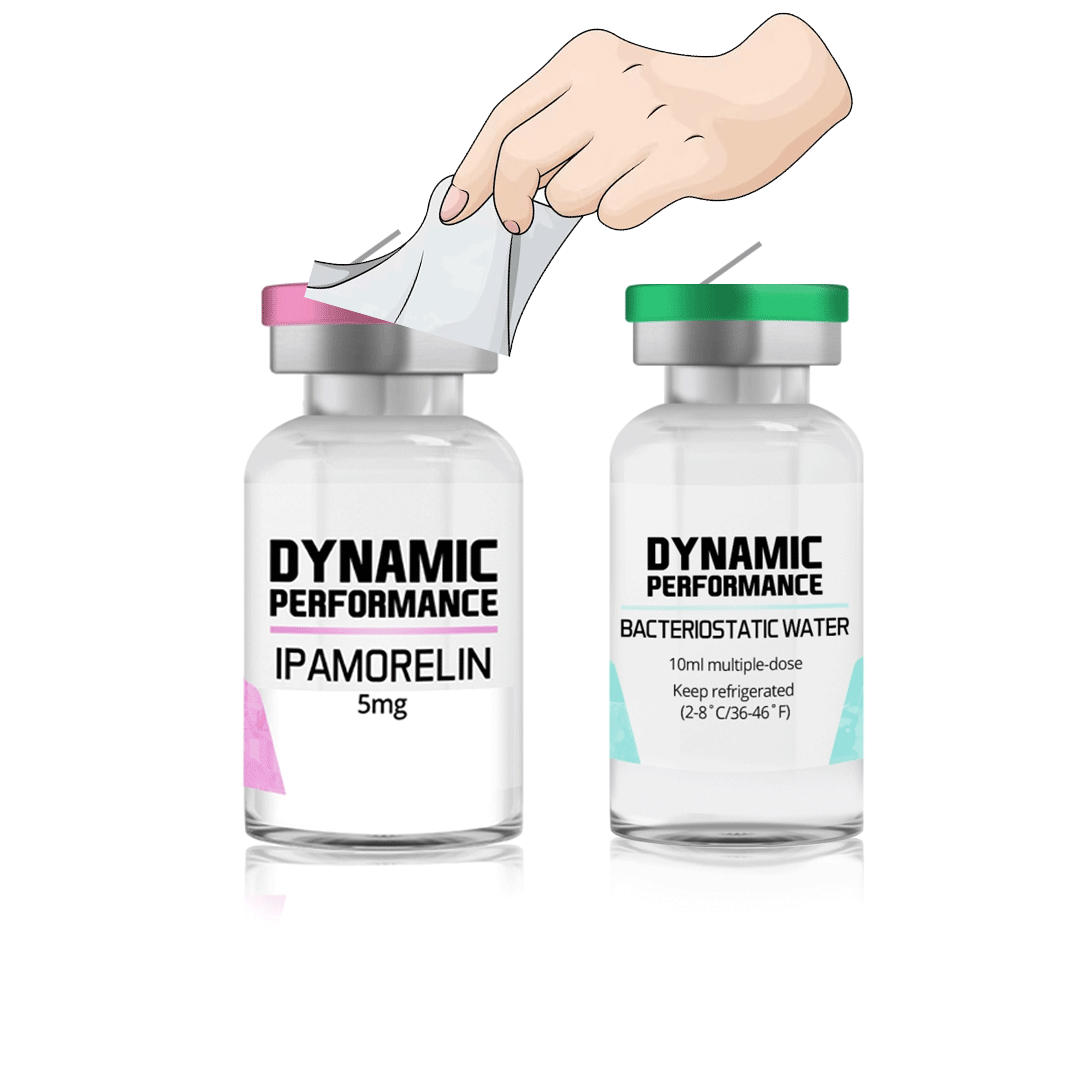

Step 3: Sanitize the Vial Tops
Use the alcohol wipes to thoroughly clean the rubber stoppers on the tops of both vials. Wipe each stopper for at least 15 seconds to ensure that any potential bacteria or contaminants are eliminated. This step is crucial for maintaining sterility throughout the process.
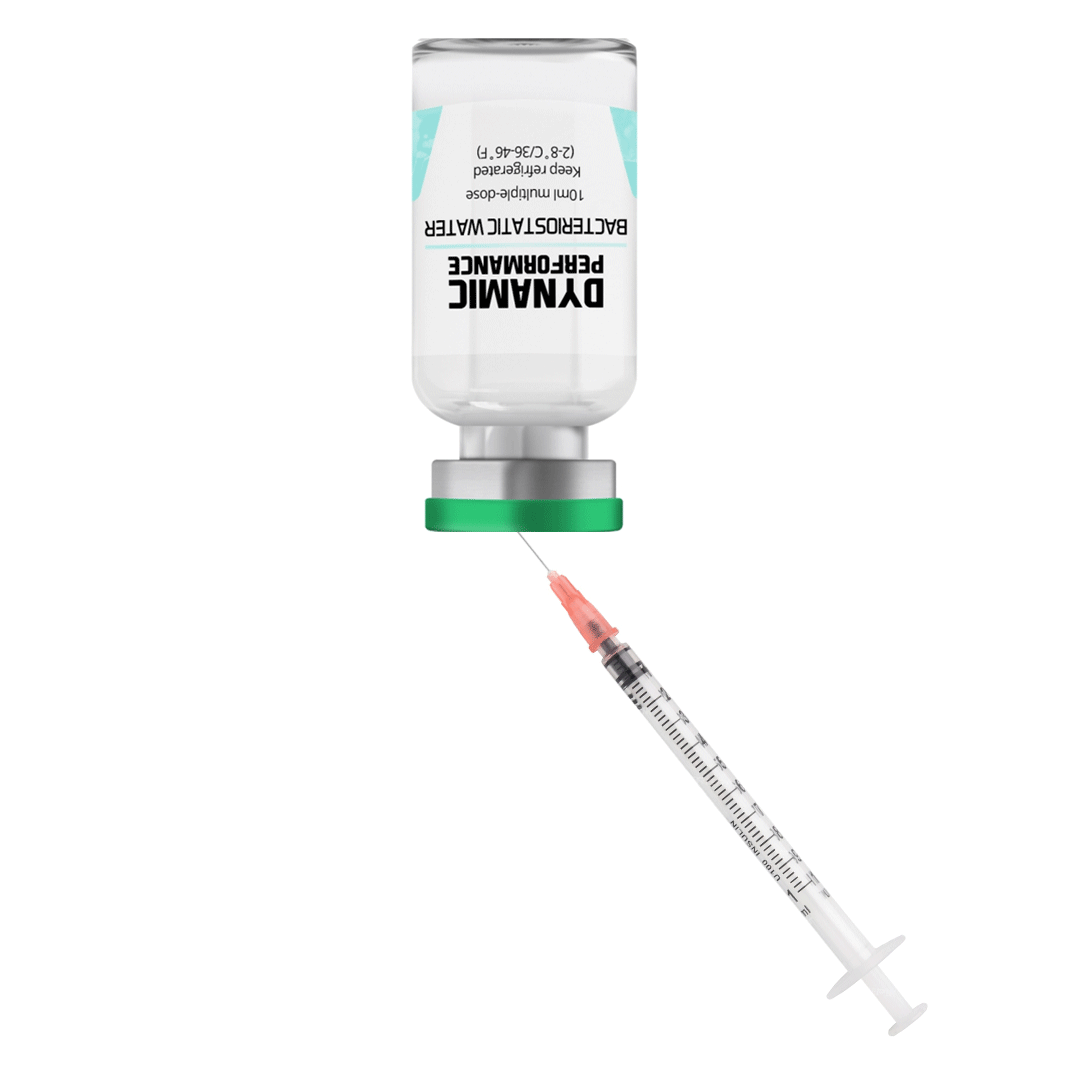

Step 4: Draw the Bacteriostatic Water into the Syringe
Take a sterile syringe and attach a needle to it if it isn't already attached. With the bacteriostatic water vial turned upside down, insert the needle through the rubber stopper. Pull back on the syringe plunger to draw up the amount of water you need, which is typically between 0.5 milliliters (ml) and 2 ml, depending on the instructions specific to your peptide. Make sure to measure the water accurately.
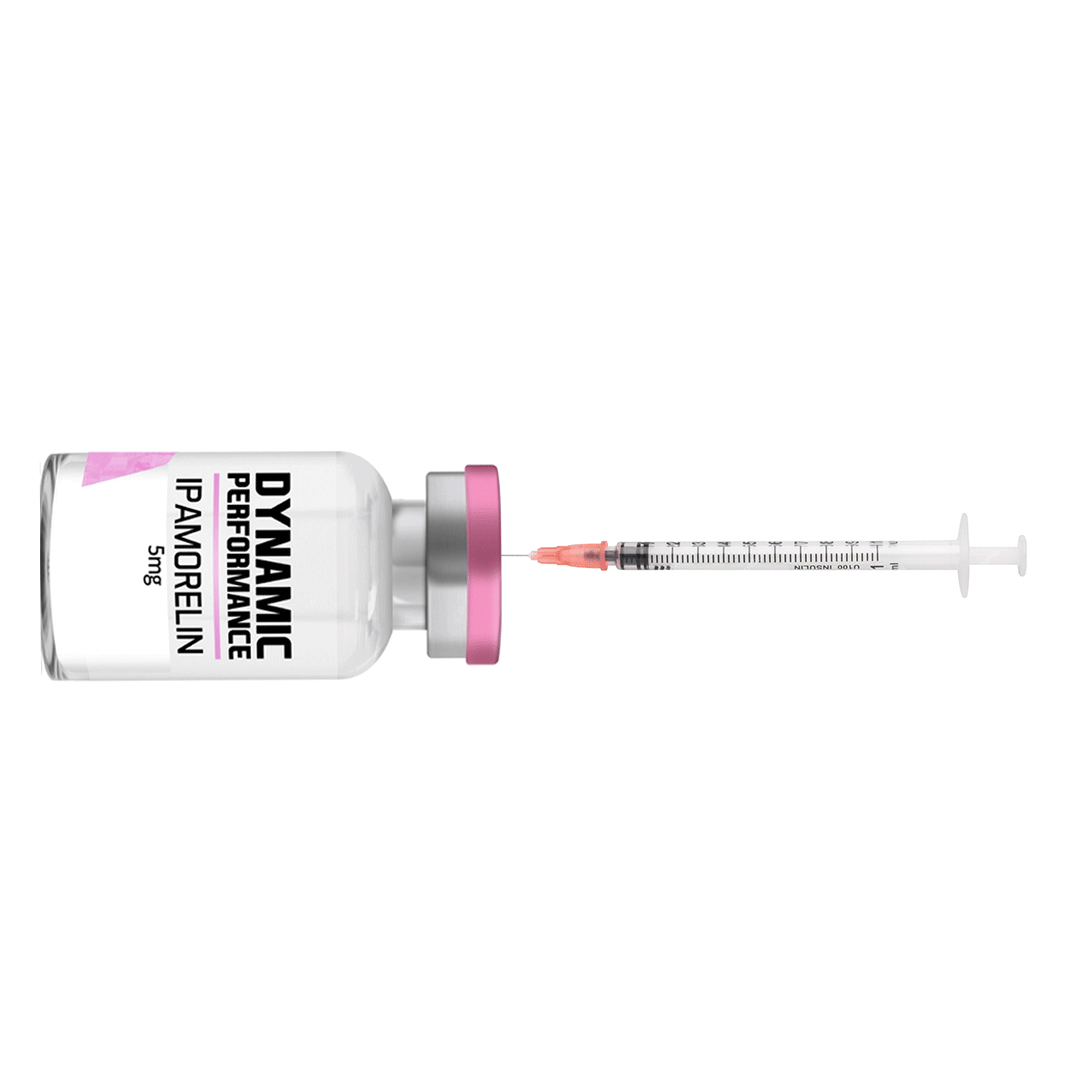

Step 5: Inject the Water into the Peptide Vial
Hold the peptide vial at a slight angle or sideways to prevent frothing or bubbling when you inject the water. Gently insert the needle into the peptide vial's rubber stopper. Slowly and carefully push the plunger to inject the bacteriostatic water into the vial. Aim the stream of water against the side of the vial rather than directly onto the peptide powder to help it dissolve more effectively and to avoid damaging the peptide molecules.
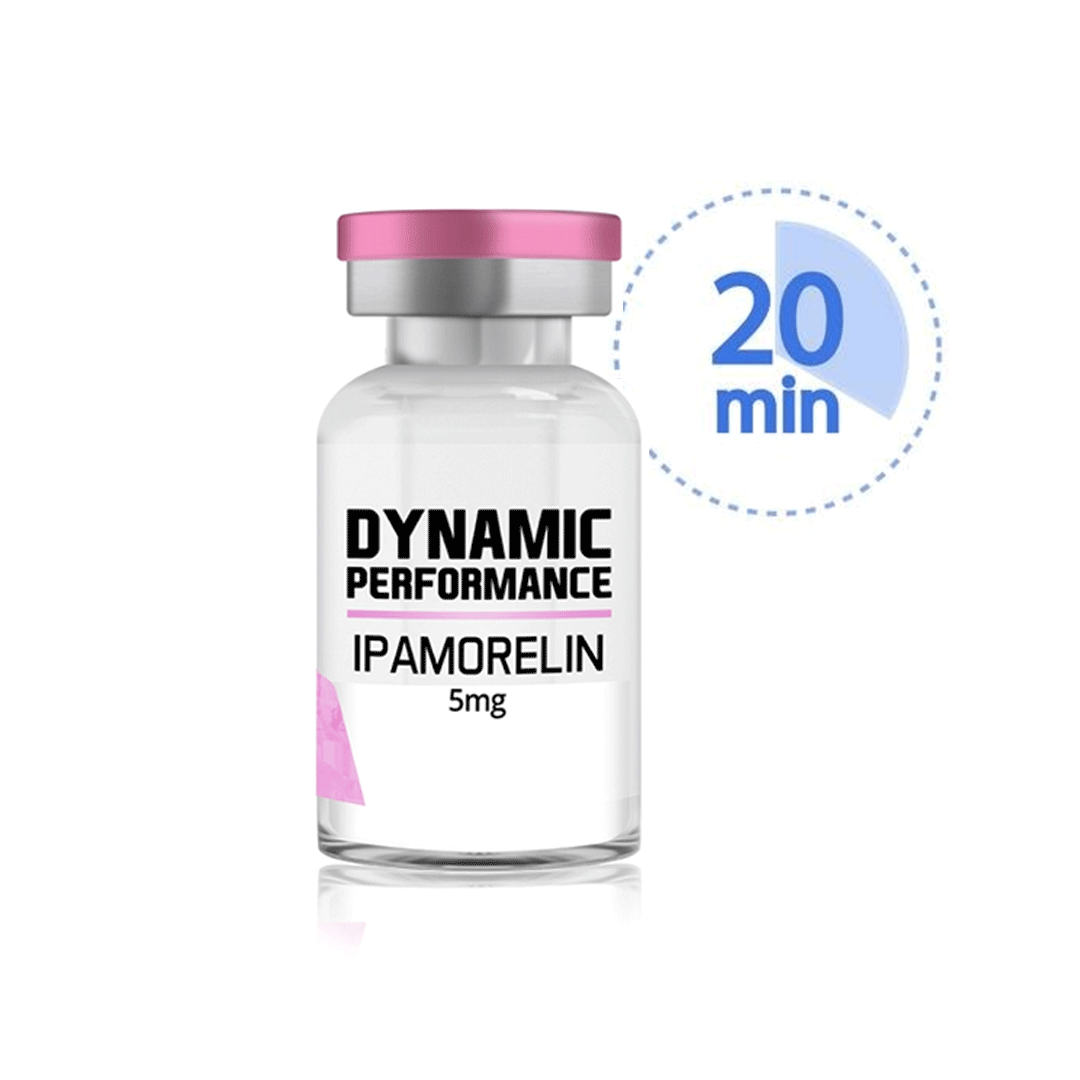

Step 6: Dissolve the Peptide Powder
After adding the water, you need to ensure that the peptide powder fully dissolves. You can gently roll the vial between your hands to mix the solution without creating bubbles. Do not shake the vial vigorously, as this can degrade the peptide. If necessary, you can let the vial sit undisturbed for about 20 minutes to allow the peptide to dissolve completely on its own.
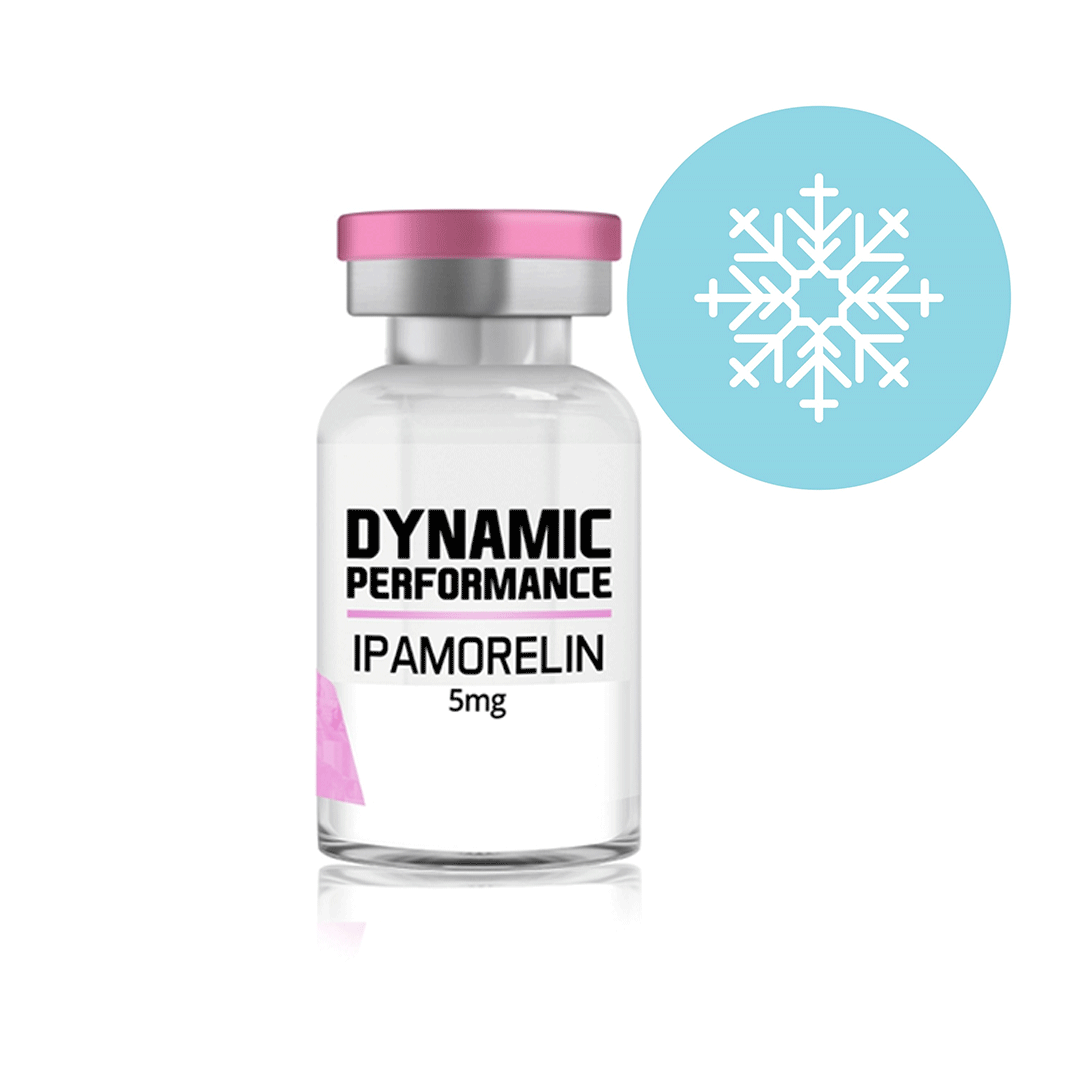

Step 7: Store or Use the Reconstituted Peptide
Once the peptide is fully dissolved, it is ready for use. If you are not planning to use it immediately, place the peptide solution in the refrigerator to keep it fresh and maintain its potency. Proper storage is important to preserve the effectiveness of the peptide for future use.




